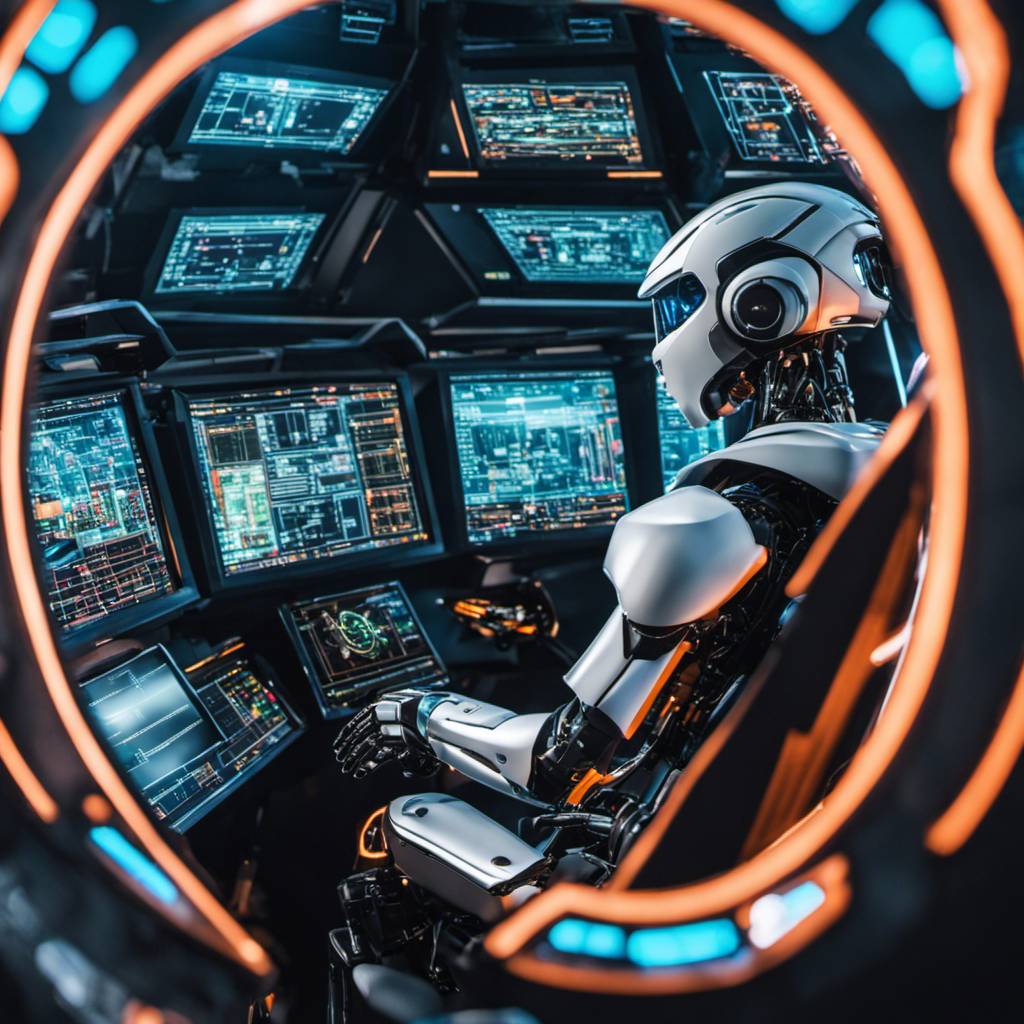In an era where self-driving cars are no longer the stuff of science fiction, the concept of a robotic chauffeur for a standard vehicle might not seem too far-fetched. However, a South Korean institute has taken this concept to new heights, literally. The Korea Advanced Institute of Science and Technology (KAIST) has developed a humanoid AI robot named Pibot, designed to act as a co-pilot in an airplane cockpit.
Designed to fit seamlessly into a cockpit designed for human pilots, Pibot is the brainchild of David Shim and his team at KAIST. Standing at approximately 5.2 feet tall and weighing roughly 145 pounds, Pibot bears a striking similarity to a human pilot. This humanoid form was no accident. Shim explains that while it may not be the most efficient design, it allows Pibot to interact seamlessly with an environment built for humans. From manipulating cockpit controls with its dexterous fingers to utilizing camera “eyes” to monitor and respond to its surroundings, Pibot is a testament to the advancements in robotics and artificial intelligence.
Pibot’s capabilities extend beyond physical tasks. It utilizes artificial intelligence to communicate with other pilots, adjust cockpit levers, and make real-time decisions. One of Pibot’s key advantages over human pilots is its extensive memory capacity. It can memorize all of the Jeppesen aeronautical navigation charts, a feat impossible for a human. This allows Pibot to construct flight paths in real-time based on its extensive knowledge.
Moreover, Pibot’s versatility surpasses that of human pilots. While humans are typically only qualified to fly a limited number of airplane models and configurations, Pibot can be programmed for various types with just a few clicks. This flexibility is made possible through the integration of programming languages and coding techniques into Pibot’s design.
Pibot’s communication abilities are also impressive. It is equipped with a large language model similar to ChatGPT, allowing it to communicate effectively with others in the cockpit and receive instructions from air traffic controllers. This advanced AI technology has also enabled the research team to teach Pibot through “book learning,” feeding it airplane operation manuals for it to learn from.
Despite Pibot’s impressive capabilities, Shim assures that it is not intended to replace human pilots. Instead, Pibot is expected to be fully operational by 2026 and may be used in military contexts, as it was contracted by South Korea’s defense department. Additionally, Pibot could potentially be used to pilot flights to extreme environments that pose a danger to human pilots.
Pibot’s design enables it to handle harsh conditions that could cause the aircraft or controls to vibrate and shake. “It uses high-precision technology to control its arms and fingers to operate an aircraft, even with severe vibration,” Shim explained.
Pibot’s ability to recall every detail from flight manuals, particularly during emergencies, gives it a distinct advantage over human pilots who may struggle to remember specific procedures in high-stress situations. “Our Pibot is capable of understanding and remembering literally everything in the manual, and then they can execute without any kind of emotion, or panic, especially during an emergency situation,” Shim said.
Pibot represents a significant advancement in aviation technology and has the potential to revolutionize unmanned flights, particularly in areas where manned flights are not feasible. As we prepare for this exciting future, remember to fasten your seatbelts and secure all baggage. The future of aviation is taking off, and it’s being piloted by artificial intelligence.
